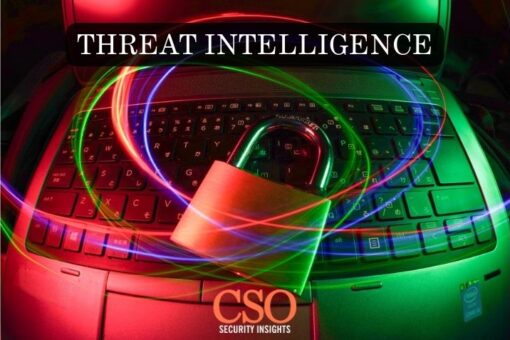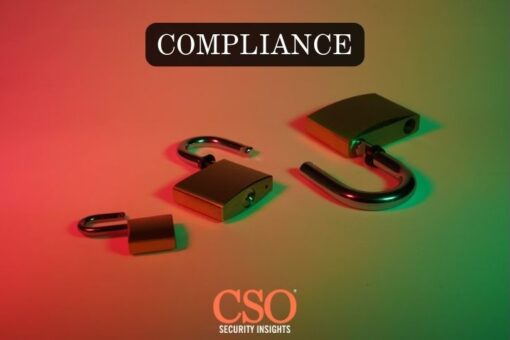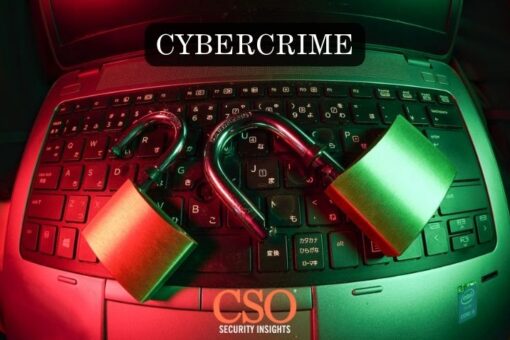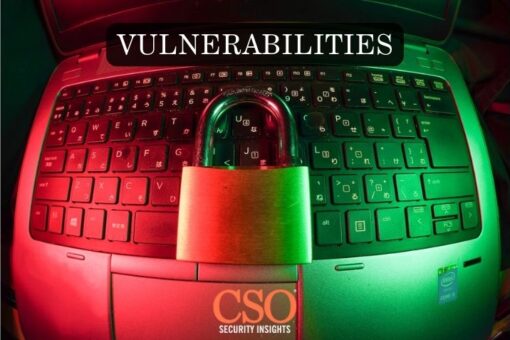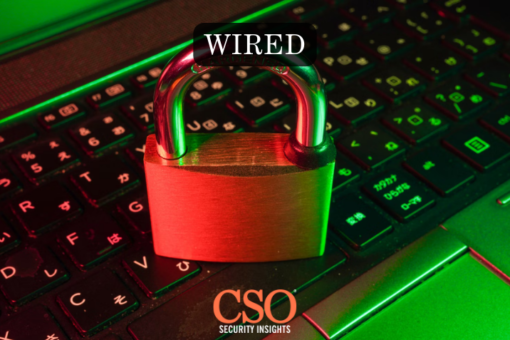The industrial landscape is undergoing a significant transformation. Operational Technology (OT) systems, traditionally isolated and air-gapped, are increasingly integrating with Information Technology (IT) infrastructures. While this convergence unlocks a treasure trove of operational efficiencies and data-driven insights, it also throws open the doors to a new breed of cyber threats. This article explores the multifaceted challenges of OT cybersecurity and proposes solutions based on the insights of leading figures in the field.
As we delve into this critical area, we spotlight insights from two leading figures in the field: Azhar Nawaz, CIO at Engro Corporation, and Zakir Rizwe, Head of IT security at K-electric. Their experiences offer a compelling view into the complexities of securing OT environments.
Convergence: A Double-Edged Sword
Azhar Nawaz, CIO at Engro Corporation, aptly describes the inherent duality of IT-OT convergence. While it fosters groundbreaking advancements in areas like data-driven decision making, it exposes critical infrastructure to cyber risks that were previously non-existent in siloed OT environments. These threats can have severe consequences, potentially disrupting essential services and jeopardizing public safety.
Engro Corporation exemplifies a proactive approach to addressing these challenges. Nawaz outlines their comprehensive program focusing on governance frameworks and thorough cybersecurity assessments of all OT setups. This meticulous approach ensures the identification and mitigation of vulnerabilities within their critical infrastructure.
Unique Challenges for the Energy Sector
Zakir Rizwe, Head of IT Security at K-Electric, amplifies concerns regarding the vulnerabilities introduced by IT-OT convergence, with a particular focus on the energy sector. Securing processes originally designed for physical operations necessitates a specialized cybersecurity framework tailored to evaluate risks and respond to emerging threats. Rizwe emphasizes the urgency of moving beyond a siloed approach to IT and OT security, advocating for a unified strategy that encompasses both domains.
The energy sector presents a unique challenge. Here, robust cybersecurity is not just about safeguarding infrastructure; it’s about maintaining a delicate balance. While advanced cyber threats must be detected and neutralized, responses must also be swift and efficient to ensure the uninterrupted delivery of essential services. This intricate dance between security and service continuity highlights the complexity of protecting critical infrastructure in today’s hyper-connected world.
Building a Robust Defense
Both Nawaz and Rizwe underscore the need for a multifaceted approach to OT cybersecurity. This approach extends beyond simply deploying advanced security technologies. Building a culture of security awareness throughout the organization is equally crucial. In the cybersecurity chain, the human element often emerges as the weakest link. Therefore, ongoing training and education programs are vital for fostering a vigilant workforce.
The rise of interconnected systems and Internet of Things (IoT) devices in industrial environments necessitates a reevaluation of existing security strategies. Cybersecurity professionals across industries increasingly advocate for a “zero-trust” approach. This model verifies all users and devices before granting access, minimizing the potential for unauthorized infiltration.
Collaboration: A Critical Pillar
Collaboration at all levels is paramount in effectively addressing OT cybersecurity challenges. Nawaz and Rizwe emphasize the importance of fostering collaboration within organizations, specifically between IT and OT teams. This cross-functional approach ensures better communication and knowledge sharing, leading to more robust security practices.
Sharing expertise and best practices with industry peers and government agencies is another crucial aspect of collaborative defense. By working together, organizations can leverage a broader knowledge base to combat evolving cyber threats. Furthermore, compliance with industry standards and government regulations plays a significant role. Nawaz, highlighting the energy sector specifically, emphasizes how regulatory frameworks not only ensure legal conformity but also provide a foundation for best practices in cybersecurity.
The Road Ahead
The insights shared by OT leaders illuminate the multifaceted nature of cybersecurity challenges on ground. Their experiences underscore the need for a comprehensive approach encompassing technological solutions, human factors, regulatory compliance, and collaboration.
As industries navigate the ever-evolving cybersecurity landscape, the lessons shared by these leaders will prove invaluable in shaping resilient and secure OT environments. The journey towards securing OT infrastructure is complex and ongoing, but with the right strategies and leadership, organizations can effectively manage these challenges and safeguard critical infrastructure in the digital age.
This article has been derived from excerpts/insights collected from CXO Masters Academy.


